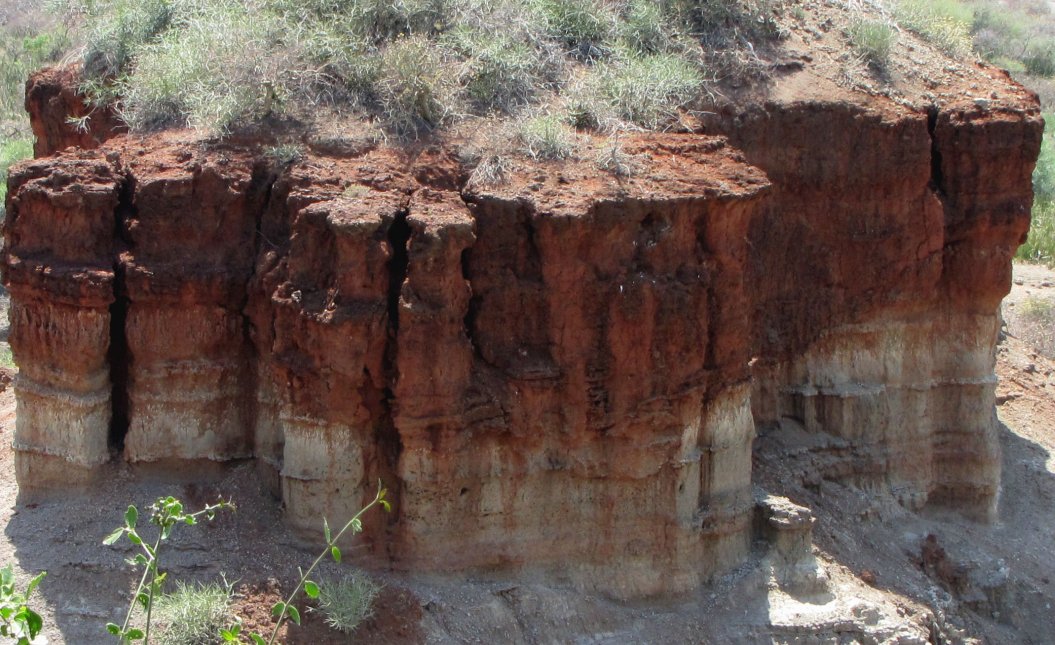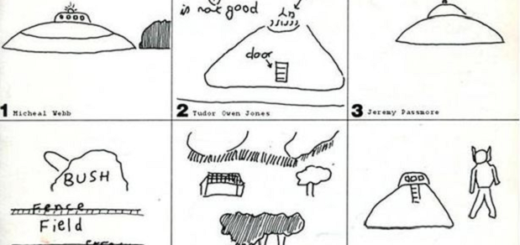Spectacular Olduvai Gorge And Early Hominid Fossils Found In East Africa
The Olduvai Gorge is a steep-sided ravine in the Great Rift Valley that stretches through East Africa. It is located in the eastern Serengeti Plains in northern Tanzania.
The gorge is a very important prehistoric site for the study of human evolution.

The formation – eroded canyon complex – is about 48 km (30 mi) long. Its steep sides are up to 295 ft (90 m) high. It forms a Y shape, with a branch called the Side Gorge joining with the Main Gorge.
Millions of years ago, volcanic eruptions set down the rocks and layered ash that would become Olduvai Gorge. Volcanic ash and lava layers are dated to the last 2.1 million years of geological and evolutionary history.
The oldest hominid fossils have been recovered from several sites in East Africa and Olduvai Gorge is one of these sites.
This site was occupied by Homo habilis about 1.9 million years ago, Paranthropus boisei 1.8 million years ago, and Homo erectus 1.2 million years ago. Homo sapiens occupied the site 17,000 years ago.
Paranthropus boisei (or Australopithecus boisei) is a nearly complete cranium of an adult male; the fossil – discovered by pioneers Louis and Mary Leakey beginning in 1931 – was originally known as Zinjanthropus boisei and today is still referred to as ‘Zinj’ (or skull of Zinj).
Olduvai prehistoric site has revealed an abundance of well-preserved fossils and artifacts, evidence of camp site with the earliest stone tools called ‘Oldowan tools’ used during the Lower Paleolithic period, 2.6 million years ago until 1.7 million years ago. ‘Oldowan tools’ were used by ancient hominins across much of Africa, South Asia, the Middle East and Europe.
Bones unearthed at the site of Olduvai are not of modern humans but earlier hominid forms of Paranthropus boisei and the first discovered specimens of Homo habilis.
The Olduvai Gorge Museum situated on the rim of the Gorge, presents exhibitions about the Gorge’s history.



 Creators of mankind
Creators of mankind Description of “Tall white aliens”
Description of “Tall white aliens” Where they came from?
Where they came from? About hostile civilizations
About hostile civilizations The war for the Earth
The war for the Earth “Tall white aliens” about eternal life
“Tall white aliens” about eternal life Video: “Nordic aliens”
Video: “Nordic aliens” Aliens
Aliens Alien encounters
Alien encounters The aliens base
The aliens base UFO
UFO Technology UFO
Technology UFO Underground civilization
Underground civilization Ancient alien artifacts
Ancient alien artifacts Military and UFO
Military and UFO Mysteries and hypotheses
Mysteries and hypotheses Scientific facts
Scientific facts


















